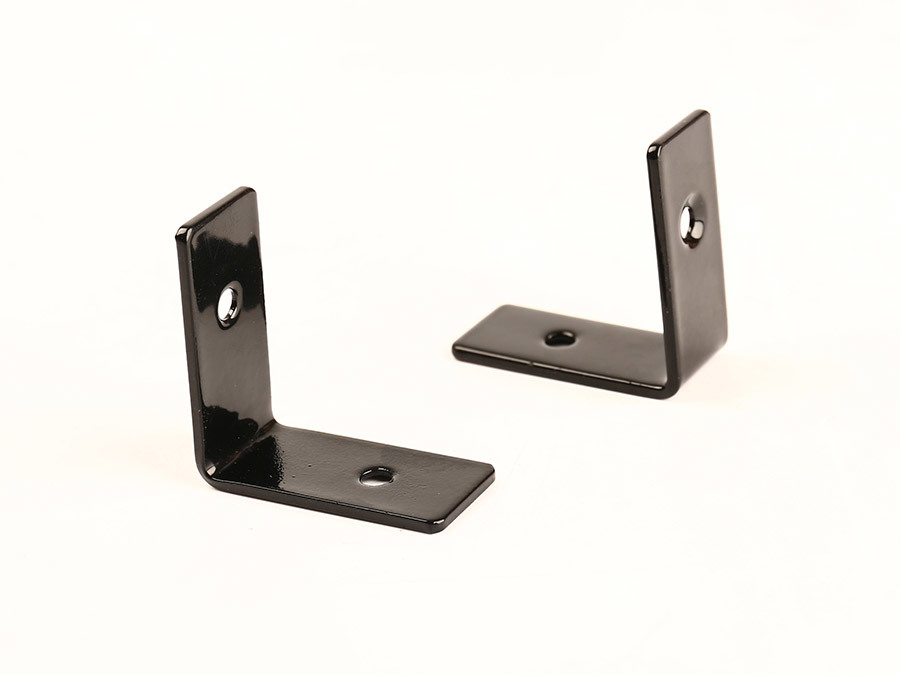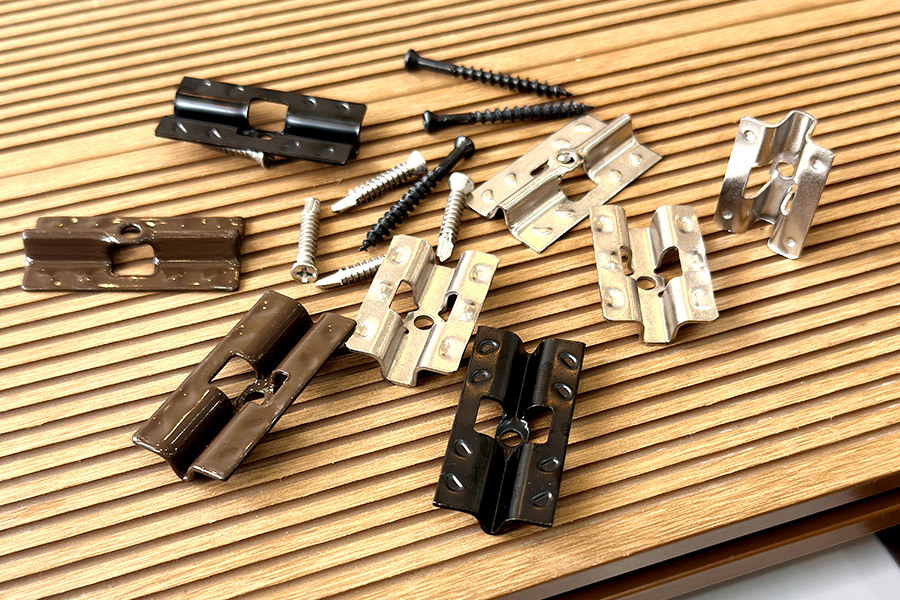Pretreatment process of aluminum surface treatment
Release Date:
12 Nov,2021
Aluminum is extremely unstable in the air, and it is easy to generate an oxide film that is difficult to identify with the naked eye. Due to the different casting processes of aluminum parts, it is either directly sheared from rolled plates, or mechanically finely processed and formed, or formed by different processes and then heat treated or welded, etc. After the above different processing processes, the surface of the workpiece will leave different states and different degrees of dirt or traces. In the pretreatment process, the pretreatment process must be selected according to the actual situation of the surface of the workpiece.

Aluminum is extremely unstable in the air, and it is easy to generate an oxide film that is difficult to identify with the naked eye. Due to the different casting processes of aluminum parts, it is either directly sheared from rolled plates, or mechanically finely processed and formed, or formed by different processes and then heat treated or welded, etc. After the above different processing processes, the surface of the workpiece will leave different states and different degrees of dirt or traces. In the pretreatment process, the pretreatment process must be selected according to the actual situation of the surface of the workpiece.
Problems needing attention in the pretreatment process of fine processing parts: although the natural oxide film on the surface of the fine processing parts is only initially generated and easy to remove, it is delicate and heavy, especially in and around the holes (added due to the lubrication needs in the machining process). such parts must be cleaned with organic solvent first. if directly washed with alkali, it is not only greasy and heavy but also difficult to remove, and the fine processing surface cannot withstand long-term strong alkali corrosion, the result will also affect the roughness of the surface of the workpiece and the fit of the tolerance, and eventually become waste.
Problems to be paid attention to in the pretreatment process of casting parts: not all surfaces of casting parts are machined, and the unmachined surfaces are left with too thick oxide layer formed in the casting process, and some are also sandwiched with sand layer. under normal circumstances, the original oxide film on this part is removed by machining or sand blasting method first, or processed after alkali washing, only in this way can the original oxide layer on the unprocessed part be removed, and avoid the change of the tolerance size of the machining part.
Problems to be paid attention to in the pretreatment process of the workpiece after heat treatment or welding process: according to the process requirements, the workpiece needs to be cleaned with organic solvent before being transferred to the heat treatment or welding process to remove oil stains on the surface, but this is generally not possible at present, so a layer of oil stains and sintered coke is formed on the surface of the workpiece, which is difficult to be removed in organic solvent and will cause local corrosion if immersed in alkali solution, pitting or uneven, seriously affecting product quality. Soak with concentrated nitric acid to loosen this layer of coking matter, after the coking matter is soft, a little cleaning in the alkali liquor can be completely removed.
keywords:



